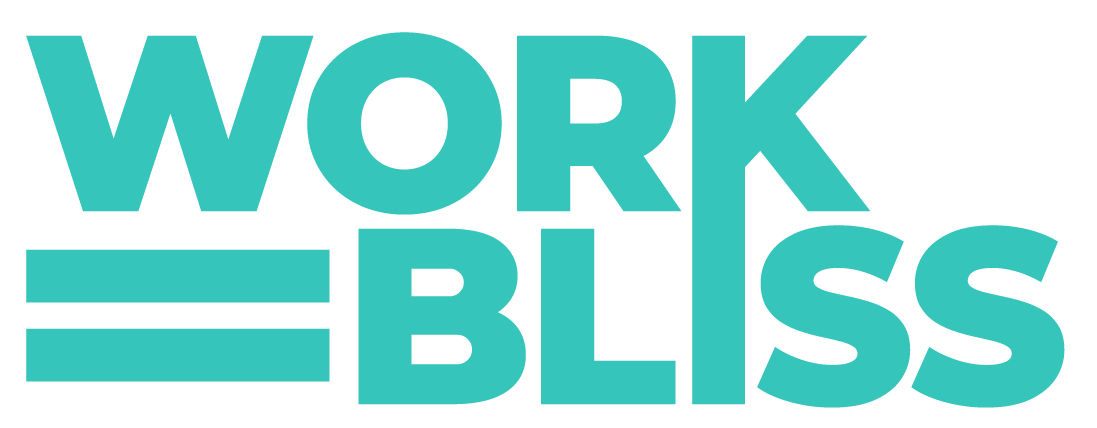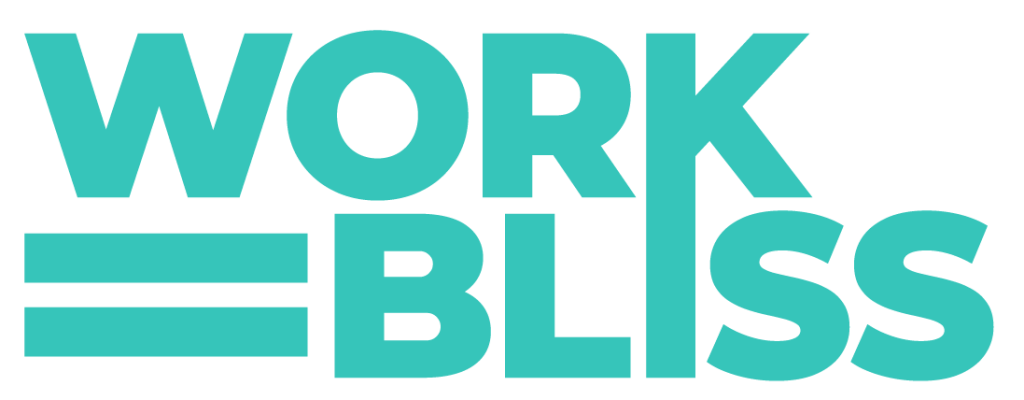When it comes to creating custom content for your organization’s training and development needs, choosing the right vendor can make all the difference. With a plethora of options available (that all look the same), it’s essential to be able to differentiate them to ensure you’re investing in quality and effectiveness.
In this article, we’ll guide you through the process of selecting a custom content development vendor that aligns perfectly with your requirements and goals, all while keeping in mind some essential custom content vendor selection tips.
Industry Expertise: Do They Speak the Language of Your Niche?
Picture this: You’re learning a new language, and the teacher is using vocabulary from a completely different domain. Confusing, right? Similarly, when selecting a custom content development vendor, it’s crucial to ensure they have experience in your industry. A vendor who has already navigated the nuances of your field will be better equipped to use the appropriate language and comprehend the intricacies of your training needs.
Here’s another scenario: Imagine you’re in healthcare and need custom content for medical professionals. A vendor who has worked extensively in healthcare will understand medical terminology, compliance requirements, and the specific challenges healthcare practitioners face. Their experience translates into content creation that resonates, engages, and educates effectively.
Make sure you get specific team members on their staff who have worked in your industry!
Start with a Trial Project
Instead of immediately embarking on a full-fledged project, it’s prudent to kickstart with a trial project alongside your selected vendors, with a focus on high-quality content. This approach grants you the opportunity to personally appraise their work and gauge their competence in crafting customized content.
While there may be some upfront additional costs involved, view it as a valuable investment aimed at ensuring you make the most informed choice. A trial project yields crucial insights into a vendor’s efficiency, creativity, and alignment with your organization’s vision and values. Whether it’s a white paper, an E-book, or training content, getting a taste of your clients’ capabilities before you fully commit is always a sensible step.
Test the Waters: Starting Small Pays Off Big
Making a substantial investment without assurance can be nerve-wracking. That’s where the concept of starting with a small pilot comes in. Imagine you’re hiring a team to develop an entire training curriculum. Instead of diving headfirst into a long-term partnership, ask your short-listed vendors to tackle a small segment of the project first.
This approach lets you evaluate the vendor’s work firsthand. Are they able to grasp your vision? Is their content engaging? Do they adhere to deadlines? Starting small allows you to identify any potential roadblocks early on, giving you the opportunity to course-correct before committing to a larger project.
Price Isn’t Everything: Choose Value Over Cost
Let’s address the elephant in the room: pricing. It’s tempting to opt for the most budget-friendly option, but remember that quality matters. Custom content development is an investment in your employees’ growth, and skimping on quality can lead to lackluster results. It’s also a huge investment by your team to get the content developed.
Consider the range of vendors available, from independent freelancers on platforms like Upwork and Fiverr to fully-fledged professional content development agencies.
While the former might seem economical, the latter offers a more comprehensive package that includes project management, quality assurance, and a refined development process. Balancing cost with value ensures you get content that delivers both substance and impact.
Look into Where Their Resources Come From
When considering custom content vendors, it’s crucial to recognize that behind every successful custom content development project, there’s a team working diligently behind the scenes. It’s essential to understand where a vendor’s resources come from. Are they using local talent, or are they outsourcing overseas? Are their project managers, designers, and developers in-house or scattered across different time zones?
Consider the advantages of working with a vendor who has a cohesive and locally-based team. Communication flows smoothly, collaboration is more efficient, and time zone differences don’t hinder progress. When a team is geographically scattered, project management complexities can arise, potentially impacting the quality and timeliness of the final product.
Leveraging Resources: Trusted Platforms and Personal Referrals
In the digital age, information is at your fingertips, and leveraging it can aid your decision-making process. Websites like TrainingIndustry.com provide rankings and insights into custom content development vendors. These resources offer a comprehensive overview of vendors’ strengths, specialties, and customer feedback.
Additionally, don’t underestimate the power of personal referrals. If a vendor showcases logos of companies they’ve worked with or mentions specific organizations, reach out to those clients’ Learning and Development teams. Hearing directly from those who have experienced a vendor’s services can provide invaluable insights into their work ethic, communication, and end results.
Conclusion
In summary, choosing the right custom content development provider is a critical step in enhancing your organization’s learning and development initiatives. By prioritizing industry knowledge, starting with a trial, prioritizing value over costs, understanding the source of resources, and leveraging trusted resources and personal referrals — you can confidently embark on a partnership that leads to engaging, impactful, and effective learning experiences for your team. Remember, the right vendor isn’t just a service provider — they’re your co-pilot on the path to business growth.



